Do you place glasses upside down on the tines of your dishwasher's top rack? If so, you're doing it wrong. Keep reading to see what other mistakes you're making when loading your dishwasher, and learn how to correct them to get cleaner dishes in fewer loads.
10 Ways You’re Loading Your Dishwasher All Wrong
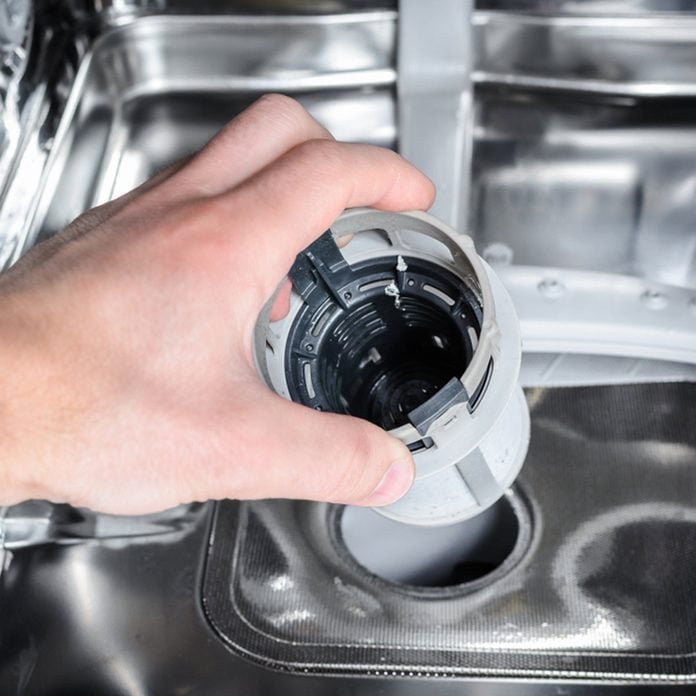
Dishwasher Prep
If your dishwasher is dirty, how is it supposed to clean your dishes? Before loading your dishwasher, it is important to make sure it is clear of old food and residue. To do this, first locate and clean out the filter at the bottom of your dishwasher. Then wipe down the inside of the dishwasher with a damp rag, including the sprayer arm, racks and the seal around the door.
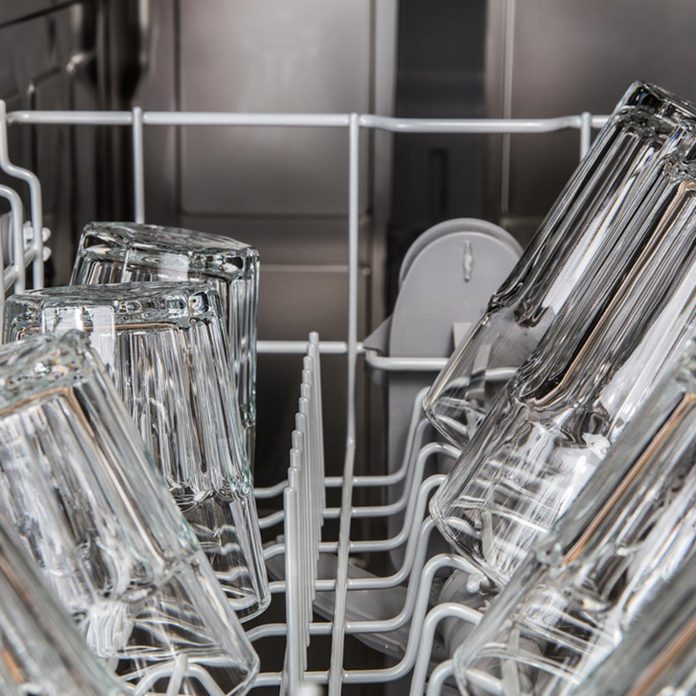
Glasses
Plastic cups, glasses and mugs should be loaded on the top rack of your dishwasher, not over the tines but next to them, to ensure more space for more dishes. They should be placed upside down, so that the inside of the glasses gets the most spray.
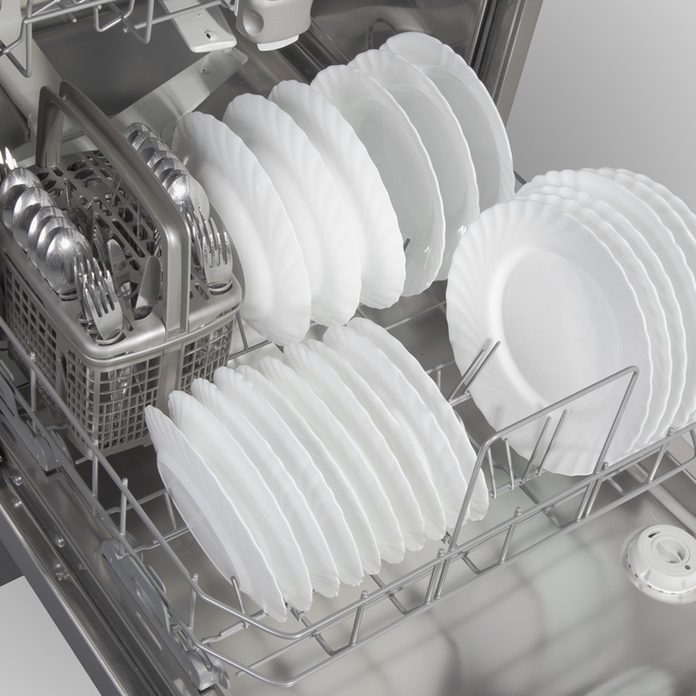
Dinner Plates
Large plates should be loaded on the bottom rack of your dishwasher, but not all facing the same direction. To ensure the side that you eat off of gets the most spray during the wash cycle, make sure your plates are facing inward toward the middle of the rack.
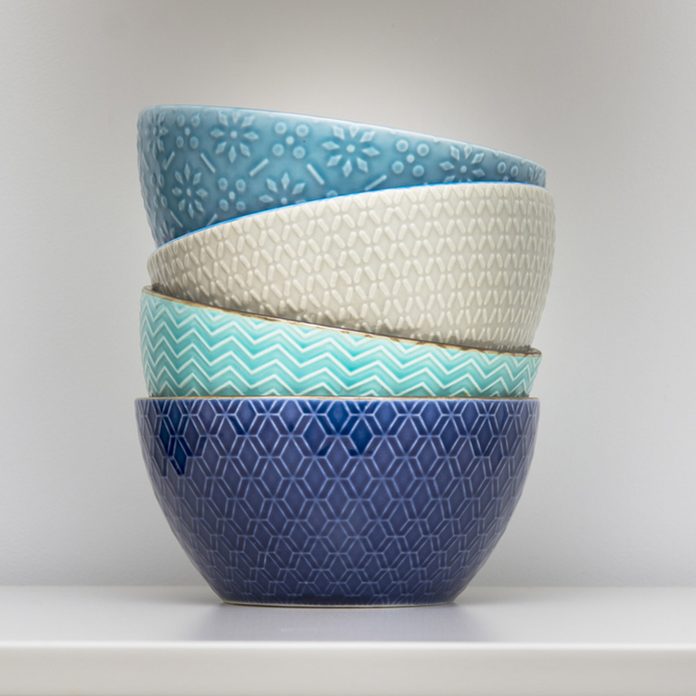
Small Bowls
Single-serving bowls can be loaded on the top rack of your dishwasher. To save space, they should be shingled together (or slightly overlapped), but like large plates, try to keep them facing toward the center of the rack to receive maximum spray.
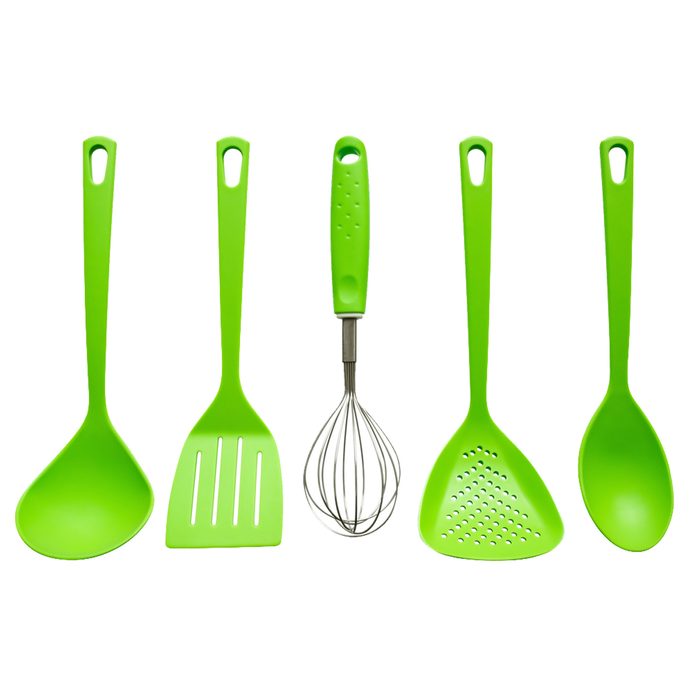
Large Utensils
Spatulas, serving spoons and other large utensils should not be loaded with the rest of your silverware, as they are too tall and can get in the way of your dishwasher’s spray arm. They should be loaded flat on the top rack, and make sure to keep them spaced out so all surfaces get clean.
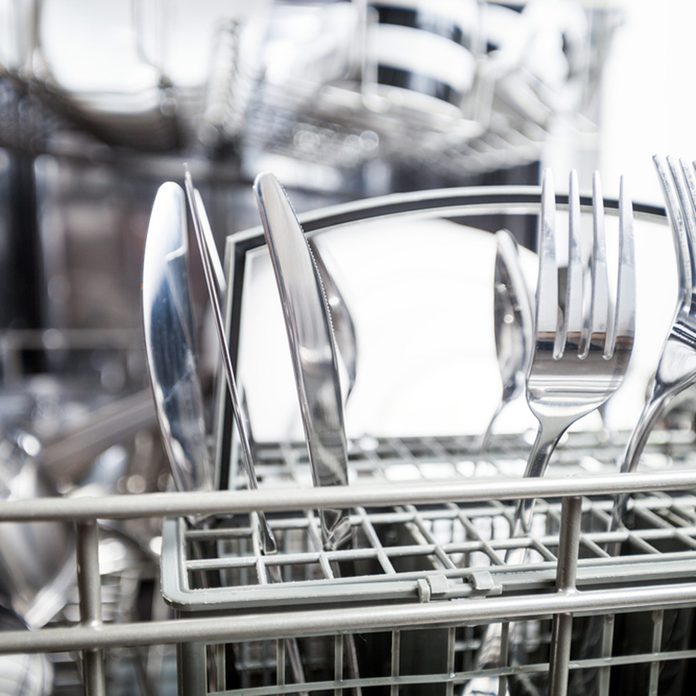
Silverware
Forks, spoons and small knives can be loaded in the designated silverware compartment of your dishwasher. However, if your compartment doesn’t have slots that separate each piece of silverware, you should arrange them so that they are not all facing the same direction. Load some with the handles down and some with the handles up to keep them from sticking together.
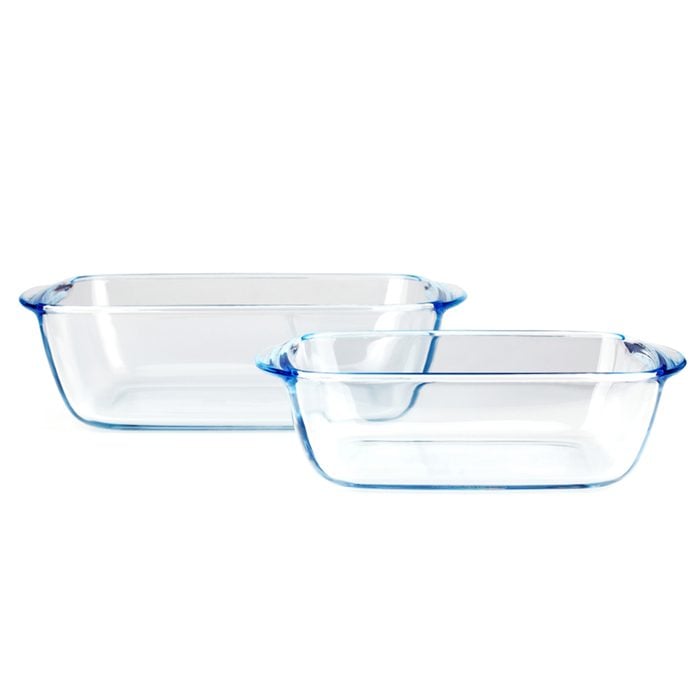
Baking Dishes
Only those labeled “dishwasher safe” should be loaded into your dishwasher, and facing inward along the outer edge of the bottom rack is the best location. There baking dishes will get maximum spray and won’t block soap and water from reaching your other dishes.
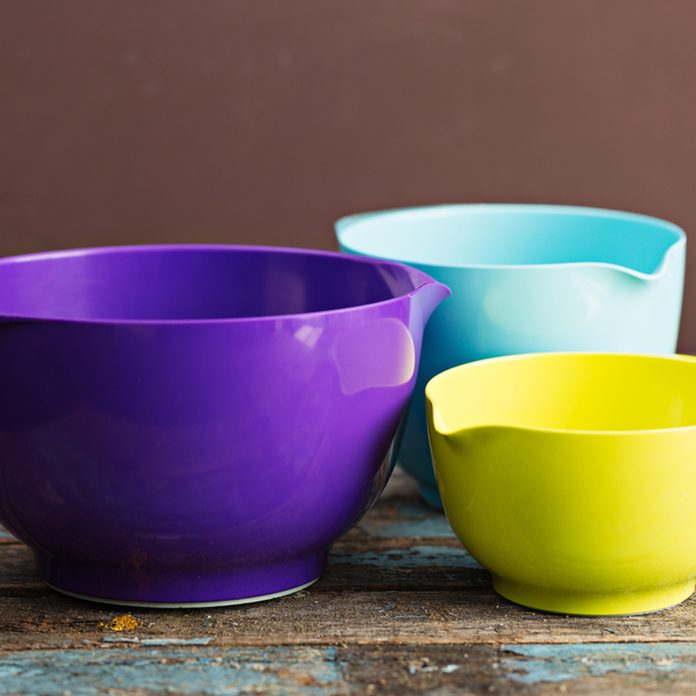
Large Mixing Bowls
A large mixing bowl should be placed upside down on the bottom rack with no other dishes under it. Leaning mixing bowls against other dishes on the bottom rack will also help to avoid water blockage.
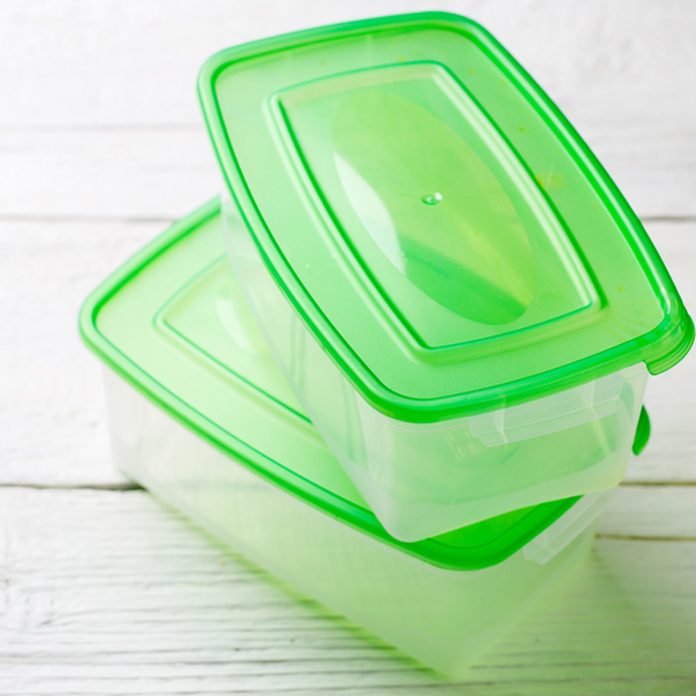
Container Lids
Lightweight food storage container lids can be difficult to keep in place during a dish washing cycle, but it’s important that they don’t end up laying flat on a rack, as that will block the spray from reaching your other dishes and will cause water to pool on top of the lids. The best place to load them is on the top rack of your dishwasher, sideways between tines.
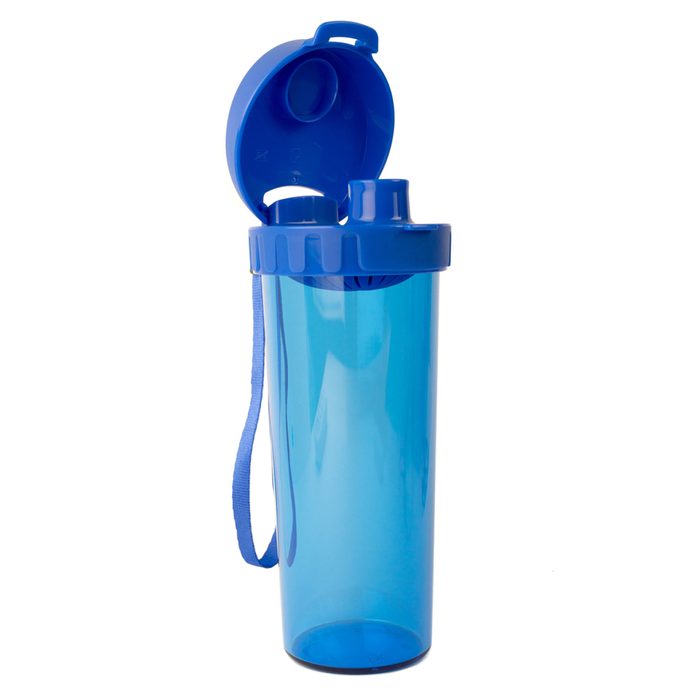
Water Bottles
Make sure your water bottles are labeled “dishwasher safe” before loading them on the bottom rack. And just like your drinking glasses and mugs, water bottles should be placed upside down beside (not over) the tines on the rack. This will save space and ensure the spray gets inside the water bottles.
Up next, check out these useful steps on how to clean a dishwasher.
